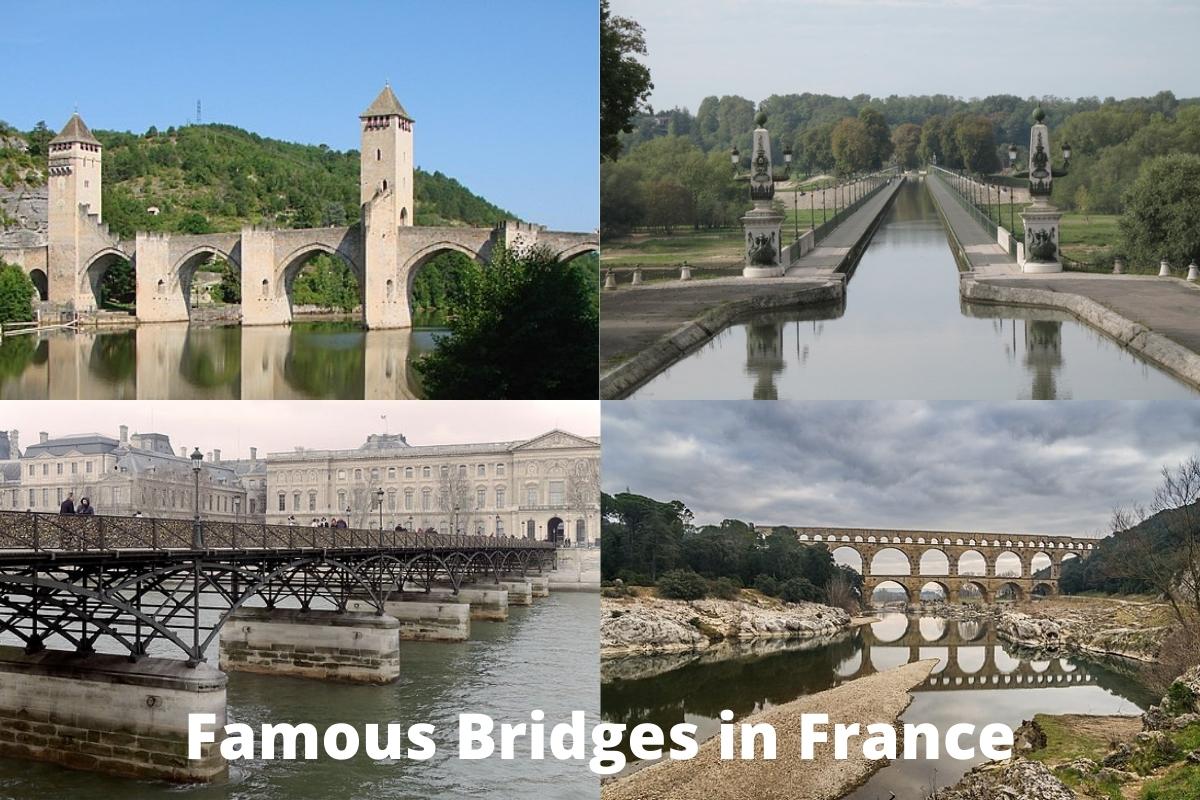When we think of famous bridges in France, most of us will automatically focus our attention on the bridges that stand in the capital city of Paris.
While the city of Paris has a multitude of bridges, there are more historically significant bridges in France that we can find in the northern, southern, and central regions.
Many of the bridges in France have storied histories that date back as far as the first century. Parisian engineers and architects built some bridges to solve transportation issues and connect desolate areas of the country to more populated areas.
The construction of the bridges in France led to an increase in architecture, commerce, beauty, and tourism in this world-famous region known for its architectural feats and housing some of the oldest buildings in the world.
Read on to learn more about iconic French bridges and a few interesting historical facts about their construction.
Famous Bridges in France
While we credit Paris with being the home of many great bridges and historical architecture, we also find classic bridges in all regions of the country.
In French folklore, there are stories of medieval bridges said to be delayed by ongoing spats with the devil.
There are also historical French bridges that have been standing since the 1st century. Below, we talk briefly about some of the most famous bridges in France and share some of their hidden histories.
1. Millau Viaduct
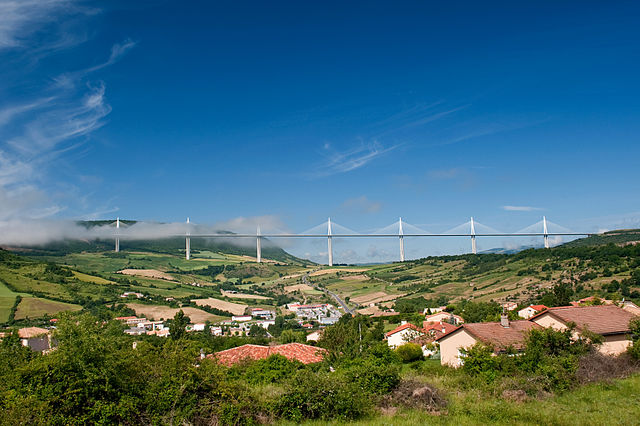
The Millau Viaduct is in Southern France and international officials recently listed it as one of the tallest bridges in the world.
Parisian engineers and an American design team worked together to complete the construction of the Millau Viaduct that opened in late 2004.Its official name is the Le Viaduc de Millau.
They constructed it using a combination of concrete and steel. The Millau Viaduct is designed as a multi-span bridge with a design life span of at least 120 years and it officially opened for public use as a toll bridge with four lanes on December 16, 2004.
Along with being one of the tallest bridges in the world, the Millau Viaduct also received an award for being one of the greatest engineering achievements of our time by the International Association for Bridge and Structural Engineering.
2. Pont Alexandre III
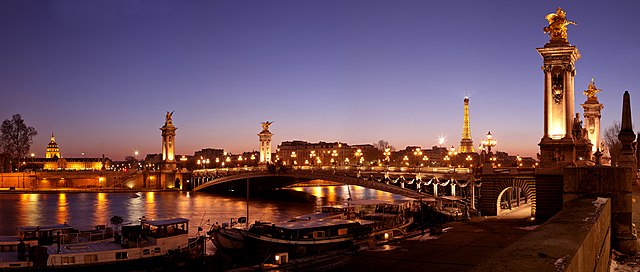
The Pont Alexander III is in the city of Paris, France. This deck arch bridge connects the Champs-Élysées with the Invalides and the world-famous Eiffel Tower in the heart of Paris.
They inaugurated Pont Alexandre III in 1900 as a universal exhibition for the World Fair. It spans the Seine River and the French Ministry of Culture, classified it as a French historical monument in the mid-1970s.
We know the Pont Alexandre III for its famous depictions of winged horses, cherubs, and nymphs as a part of its Grand Palais design.
Architects and engineers worked together on building this famous bridge from 1892 to 1896. One of the big feats of its construction was designing a bridge that did not obstruct the view of the Invalides or the Champs-Élysées.
3. Pont des Arts
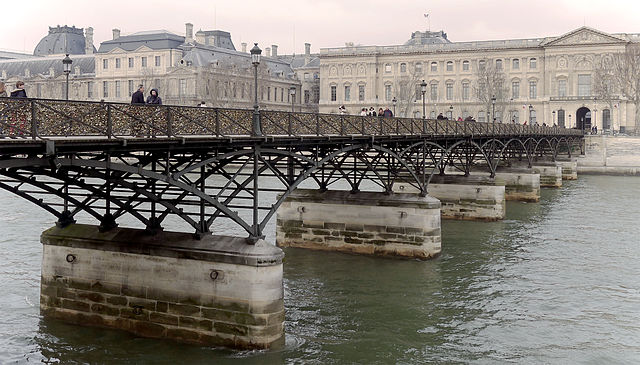
The Pont des Arts is a famous pedestrian bridge in Paris that crosses the River Seine. This bridge is in proximity to other famous and historical Parisian bridges like the Pont Neuf, at its upstream. Construction of the Pont des Arts took about three years and spanned the time between 1981 and 1984.
It officially opened as a Parisian toll road that links the Institut de France with the central square of the Palais du Louvre. Like most famous bridges in Paris‘ historical center, the Pont de Arts is not the first iteration of this public bridge.
They constructed two previous versions of the Pont de Arts in the same location. They reconstructed the bridge in 1976 to solve damage from aerial bombings that happened in the area during World War I and World War II.
4. Pont Neuf
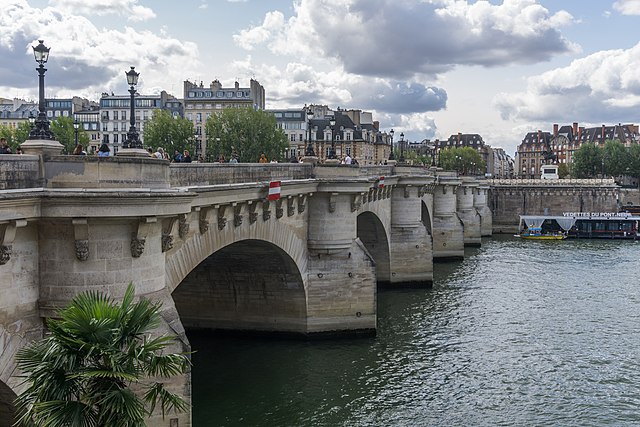
The Pont Neuf is an arch bridge with a rich history. Its name means “New Bridge.” They list it as the oldest bridge in the City of Paris. Parisians proposed the construction of a new Parisian bridge to deal with crossing issues at the time as early as 1550.
Political issues and lack of funding delayed the construction of the Pont Neuf until 1578, when Henry III (the ruler at the time) approved the construction of the new bridge and laid its very first brick himself.
They started construction on the Pont Neuf in 1578 and completed the bridge in 1607. The French Ministry of Culture listed the Pont Neuf on its list of official French monuments in the late 1800s, around 1889.
5. Pont du Gard
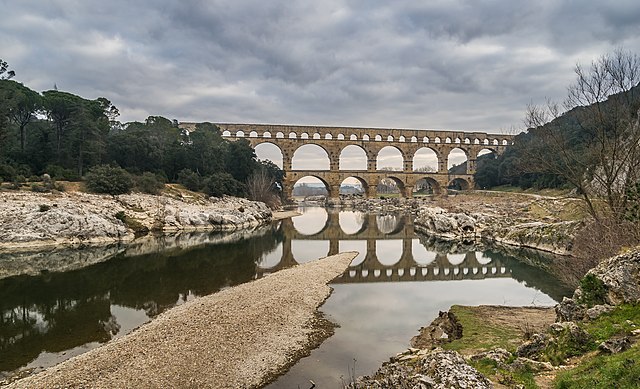
The Pont du Gard is a three-level bridge built in the first century AD, in the Occitanie region of France. They built this Roman-inspired bridge to accommodate the passage of the aqueduct of Nimes, which supported the Roman colony of Nemausus.
Engineers and architects took special care to fashion the bridge to resist the damaging effects of constant exposure to high water. Its unique construction facilitates the flow of water from point to point in the region.
French nationals consider the Pont du Gard as an extraordinary artistic feat whose intricate architecture is a constant reminder of ancient architecture and historical beauty that still stands today.
6. Pont Valentré
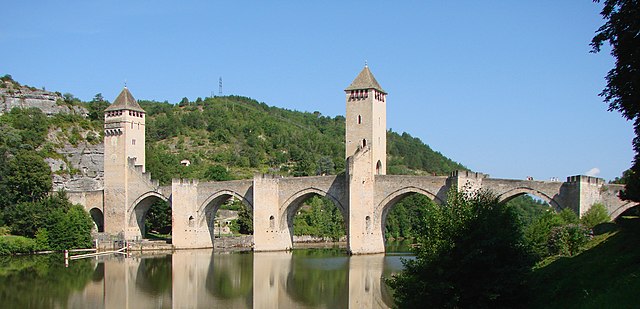
The Pont Valentré is a symbol of the French city of Cahors, built between 1308 and 1378. There is a folklore surrounding the construction of the bridge that states that the original foreperson signed a pact with the devil to speed up its construction, which took almost 70 years.
The legend states that disagreements between the foreperson and the devil led to trickery and deceit on both sides.
Examples of trickery attempts include a sculpted image of an imp said to be mistaken by the devil for doing his dirty work of consistently dismantling the bridge and delaying its completion.
Despite its legendary folklore, the Pont Valentré Bridge opened for public use in 1350 with six spans around four-hundred thirty-five feet or one-hundred thirty-eight meters.
7. Pont d’Avignon
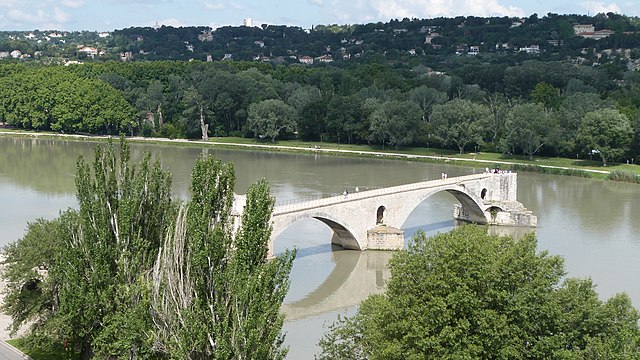
We know the Pont d’Avignon by many names and they built it in medieval times between 1177-1185.
This French bridge also goes by the name of Pont St-Bénézet, Historic Centre of Avignon, Papal Palace, Episcopal Ensemble, and Avignon Bridge.
Also Read: French Buildings
Pont d’Avignon has four arches, and a gatehouse built during the 12th century. Architects have reconstructed this wooden bridge many times since its introduction to French society as a cultural center.
Flooding of the Rhône was one of the primary reasons for the bridge’s constant reconstruction.
8. Pont de Normandie
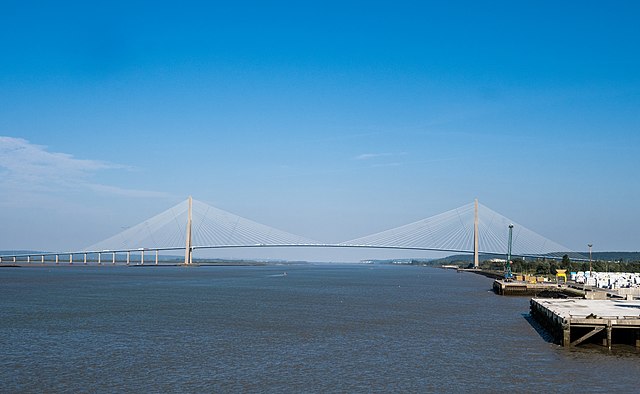
One of the longest bridges in Northern France, The Pont de Normandie Bridge, crosses the Seine River in Le Havre-Honfleur. In English, we call the Pont de Normandie the “Normandy Bridge.” This massive motorway toll bridge features footpaths for walking and narrow cycling lanes for bikers to cross.
The height of the Pont du Normandy at its tallest point is over seven hundred feet with a one-hundred seventy-one-foot clearance. The Pont de Normandie is the last crossing point of the Seine River before it empties into the ocean.
9. Briare Aqueduct
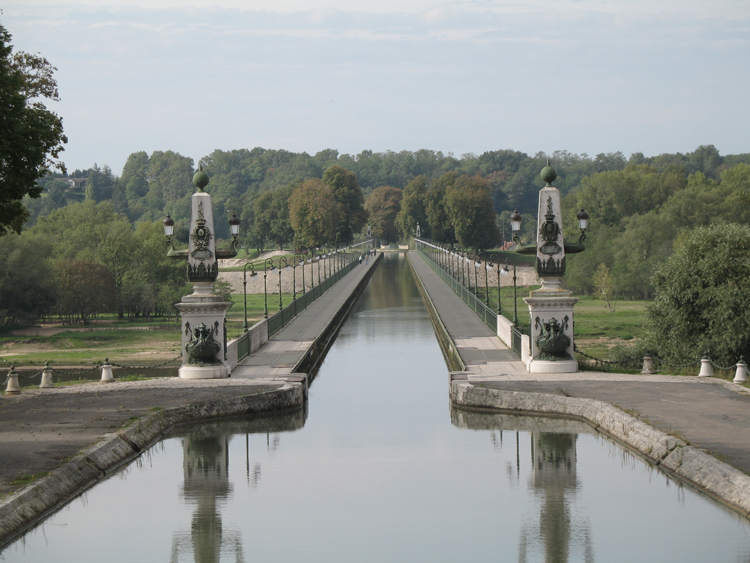
The Briare aqueduct is in central France and crosses the river Loire to connect to the Seine River. We knew the Briare Aqueduct as the longest steel aqueduct in the world from 1896 to 2003, when the Magdeburg Water Bridge took over the title.
Also Read: Famous Beam Bridges
They built the Briare Aqueduct on fourteen piers that support a single steel beam that channels over 12,000 tons of water.
Its depth of 2.2 meters and width of 6 meters allows the passage of boats with 1.8-meter draughts to cross without incident. The French inaugurated The Briare Aqueduct in September 1896. It has since been a key facilitator of French transportation and commerce near Briare.
10. Pont Ambroix

Pont Ambroix is a historical landmark in Villetelle in the South of France. The Romans built the Pont Ambroix as an arch bridge in the 1st century BC with eleven arches. One of the eleven original arches still stands today.
Like many bridges and water-facing structures built during these early periods. The Pont Ambroix had periods of rebirth and reconstruction because of heavy flooding and weathering. Major flooding in the region caused the bridge to lose some of its famous arches.
Flooding and weathering eventually left the bridge with a single arch remaining in the current condition we see today. Today, the Pont Ambroix is a top-rated visitor and tourist attraction in Gallargues-le-Montueux, France.

